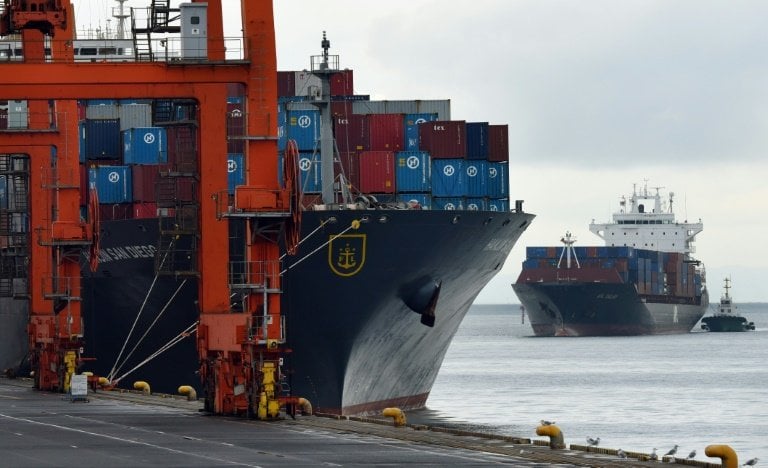
The source and recipients of the latter is a bit of a pendulum swing. In complete contrast to the global financial crisis of 2007, IMF Global Financial Stability Report of April 2016 tolls the warning bell, ‘financial spillovers from emerging markets have risen substantially’. In fact, post-crisis economics has renewed its focus on interconnectedness within an economy through macro-financial linkages.
Digging in the past
Observing the ramifications of the global financial crisis, Nobel laureate Paul Krugman said in 2009 that economists would have to do their best to incorporate the realities of finance into macroeconomics. Krugman has not been the first one in saying this. Irving Fisher’s 1933 paper ‘Debt-deflation Theory of Great Depressions’ also highlighted that the business cycle as a ‘single’, ‘self-generating cycle’ is a myth and instead coexists with other cyclical and non-cyclical forces.
In modern times the global financial crisis of 2007 again underlined the need to better comprehend the macro-financial linkages of the economy. Like cog wheels in the economy machine, rotations in the financial cog wheel influences real economic activity and vice versa. IMF economist Stijn Classens popularised the term ‘financial cycle’ in 2011 and revealed that cycles in credit and house prices are the most synchronised within countries with strong feedback effects as disruptions in one market spillover to others.
The great debt game
This was reiterated in a recent April 2016 National Bureau of Economic Research conference paper by Professor Alan Taylor who undertook a historical perspective of this phenomenon. Taking account of 150 years of data of seventeen advanced economies he revealed a key stylised fact of modern macroeconomic history: credit has exhibited unprecedented growth over the 20th century which graphically could be likened to that of a hockey stick.
More importantly, associated with this ‘great leveraging’ business cycle moments have become increasingly correlated with financial variables. Credit shocks guaranteed special attention post-financial crisis to better understand the dynamics between macroeconomics and finance in sophisticated Dynamic Stochastic General Equilibrium models (DSGE).
Higher debt goes hand-in-hand with worse tail events. Excessive leverage exacerbated by weak regulatory standards and asset price bubbles was found to lead to crisis situations. Studies on the US economy have shown that a fall in 1% of capital to assets ratio can lead to a decline of 1.5% of GDP due to its effects on credit availability.
Knowing the current as well as historical importance of macro-finance linkages in the economy, several questions remain to be answered. What should be the design of policy that can prevent future crises? Given the deepening of macro-financial linkages, are crises inevitable and should policy design primarily focus on the mitigation of its harmful consequences?
Financial history has taught us the important lesson that due to increasing interaction between the financial and business cycle, macroeconomic surveillance should pay a careful watch to cycles in financial markets.
The writer is an economist and ex-central banker
Published in The Express Tribune, June 13th, 2016.
Like Business on Facebook, follow @TribuneBiz on Twitter to stay informed and join in the conversation.



1724152318-0/beyonce-(1)1724152318-0-165x106.webp)
1728213758-0/Tribune-Pic-(2)1728213758-0-165x106.webp)












COMMENTS (1)
Comments are moderated and generally will be posted if they are on-topic and not abusive.
For more information, please see our Comments FAQ